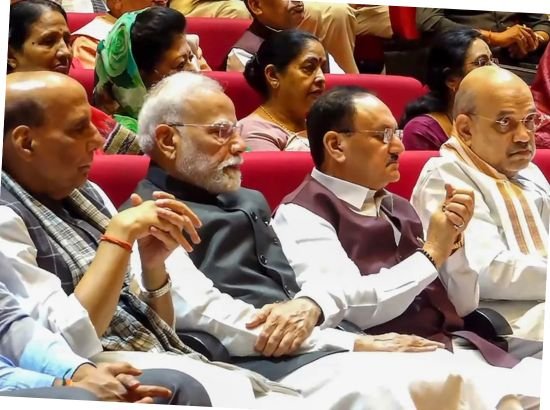
Government Proposes Major Changes to OBC Creamy Layer Criteria — More Groups Could Lose Reservation Benefits
New Delhi, August 13, 2025 – The Central Government is considering a significant proposal to expand the definition of the creamy layer among Other Backward Classes (OBCs), which could exclude more affluent sections from reservation benefits in government jobs and educational institutions. Six ministries, along with the NITI Aayog and the National Commission for Backward Classes (NCBC), are holding consultations on the matter.
Under current rules, the non-creamy layer within OBCs receives 27% reservation in central government recruitment and admissions to educational institutions, based on the Mandal Commission recommendations. The creamy layer income limit is ₹8 lakh per year, set in 2017.
Key Features of the Proposal
Uniform criteria across sectors – Employees of central/state governments, public sector undertakings (PSUs), universities, and even private sector staff could be brought under the creamy layer if their post and salary match or exceed Group-A (Level 10) positions.
University teaching staff – Assistant Professors, Associate Professors, and Professors, whose salaries start at Level 10 or above, may be categorised as creamy layer. Their children would not be eligible for OBC reservation.
Private sector parity – Private employees with posts and salaries equivalent to Group-A officers could also fall under the creamy layer.
Non-teaching staff & autonomous bodies – Staff of central/state autonomous institutions, legal bodies, and aided organisations could be evaluated based on their pay scale and grade, similar to government officers.
PSU equality – State PSU employees could be treated on par with Central PSU employees in determining creamy layer status.
Background
The creamy layer concept was introduced following the 1992 Indra Sawhney vs Union of India Supreme Court judgment to ensure that reservation benefits reach the most socially and economically disadvantaged sections. Initially, the annual income limit was ₹1 lakh in 1993, later revised in 2004, 2008, 2013, and finally to ₹8 lakh in 2017.
If implemented, the new parity-based approach would prevent economically and socially advanced OBCs—particularly those in higher posts across government, universities, and private sectors—from availing reservation benefits, redirecting them toward the poorer sections of the community.